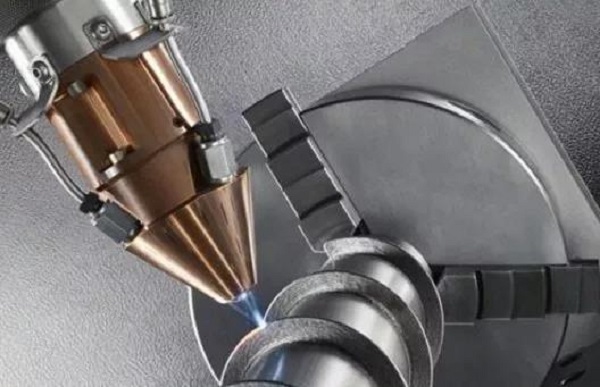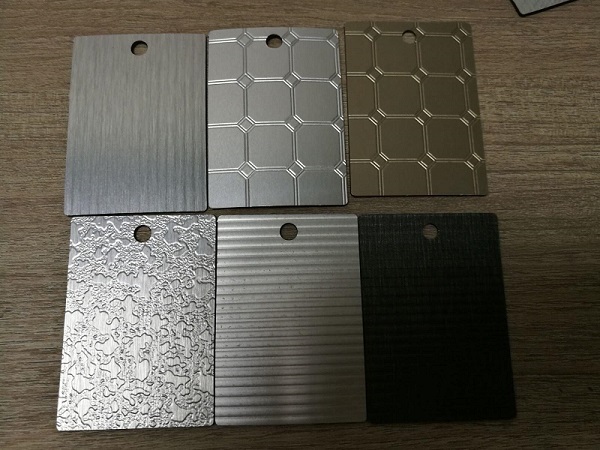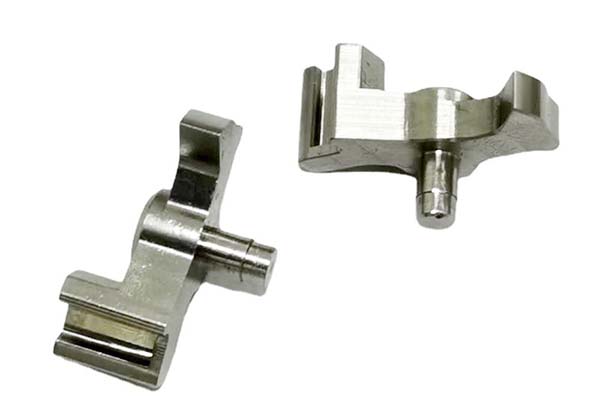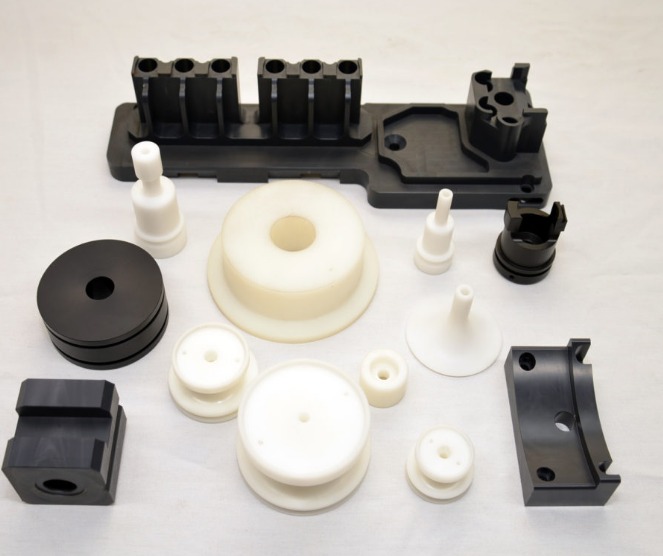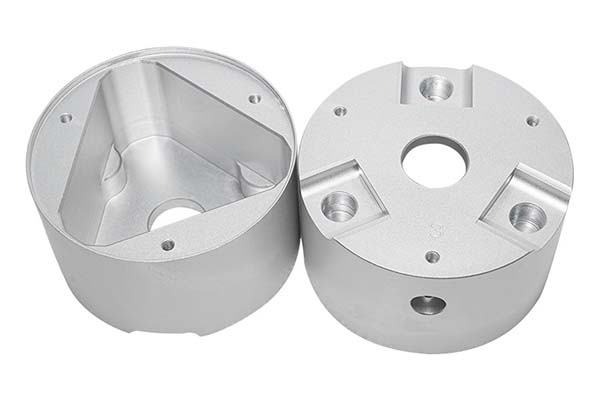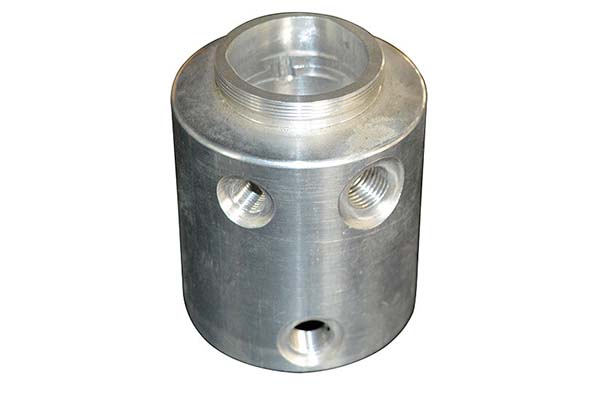If you’ve ever had a car break down or needed to replace a worn-out component, you’ve probably wondered: what exactly is auto parts service, and how do I make sure I’m getting the right help? Simply put, auto parts service refers to the range of support, products, and expertise provided to help vehicle owners find, purchase, install, and maintain the parts their cars need. Whether you’re looking for a new brake pad, a replacement battery, or guidance on fixing a faulty alternator, auto parts service covers everything from sourcing the right part to ensuring it works properly in your vehicle. The goal is to save you time, money, and frustration by connecting you with quality parts and reliable assistance—whether you’re a DIY enthusiast or someone who relies on professional mechanics.
What Does Auto Parts Service Actually Include?
Auto parts service isn’t just about selling parts—it’s a full ecosystem designed to meet every step of your vehicle maintenance journey. To break it down clearly, here are the key components you’ll typically encounter:
1. Parts Sourcing and Sales
This is the foundation of auto parts service. Providers (like local auto parts stores, online retailers, or dealership parts departments) offer access to a wide range of components, from OEM (Original Equipment Manufacturer) parts (made by the same company that built your car) to aftermarket parts (produced by third-party brands) and used parts (recycled from other vehicles). For example, if you drive a Toyota Camry and need a new starter, an auto parts service can help you choose between a Toyota OEM starter (which matches the original) or a more affordable aftermarket option from a brand like Denso.
2. Expert Advice and Compatibility Checks
One of the most valuable parts of auto parts service is the expertise staff provide. A good service will help you confirm that a part is compatible with your vehicle’s make, model, and year—this avoids the common mistake of buying a part that doesn’t fit. Let’s say you’re replacing your car’s air filter: a service representative might ask for your VIN (Vehicle Identification Number) to pull up your exact vehicle specs, ensuring you get a filter that matches your engine’s requirements. I once helped a customer who bought a generic oil filter online that didn’t seal properly; after they visited our store, we cross-checked their VIN and provided the correct filter, preventing engine damage.
3. Installation Support
Many auto parts services go beyond just selling parts—they offer installation help too. This can range from in-store installation (like replacing a battery or windshield wipers) to partnering with local mechanics for more complex jobs (such as transmission repairs). Some big-box auto parts chains even offer free basic installation with the purchase of certain parts, like batteries or brake pads. For instance, AutoZone’s “Loan-A-Tool” program lets you borrow specialized tools (like a brake caliper tool) if you want to install parts yourself, which saves you from buying expensive equipment you might only use once.
4. Warranty and Returns Assistance
Reliable auto parts service includes support for warranties and returns. Most parts come with a warranty (OEM parts often have 1-3 year warranties, while aftermarket parts might have 6 months to 2 years), and a good service will help you file a claim if a part fails prematurely. For example, if you buy a new alternator that stops working after 6 months, your auto parts service should guide you through returning it and getting a replacement or refund. I once had a customer whose aftermarket radiator leaked within 3 months—we worked directly with the manufacturer to process the warranty, and they got a new radiator for free within a week.
The Different Types of Auto Parts Service Providers: Which One Is Right for You?
Not all auto parts service providers are the same. Each type has its own strengths, and choosing the right one depends on your needs—whether you’re looking for convenience, affordability, or specialized expertise. Here’s a breakdown of the most common options:
| Provider Type | Key Strengths | Best For | Example Scenario |
| Local Auto Parts Stores | Personalized advice, immediate availability, basic installation | DIYers, last-minute repairs, small parts (e.g., bulbs, filters) | You need a new headlight bulb and want to install it right away—your local store has it in stock and can show you how to replace it. |
| Online Auto Parts Retailers | Wide selection, lower prices, home delivery | Budget shoppers, hard-to-find parts, planned repairs | You’re restoring an old 1995 Honda Civic and need a rare carburetor—an online retailer specializes in vintage parts and ships it to your door. |
| Dealership Parts Departments | OEM parts, factory expertise, compatibility guarantee | Luxury/foreign cars, complex repairs (e.g., engine components) | You drive a BMW 3 Series and need a new fuel injector—your dealership’s parts department ensures you get the exact OEM part that matches your car’s engine. |
| Auto Repair Shops (with Parts Service) | One-stop shop (parts + installation), professional labor | Those who don’t want to DIY, major repairs (e.g., transmission, AC) | Your car’s AC stops working—your repair shop sources the right compressor and installs it, handling both parts and labor. |
| Salvage Yards (Used Parts) | Lowest prices, eco-friendly (recycled parts) | Older cars, non-critical parts (e.g., interior trim, bumpers) | Your 2008 Ford F-150 has a cracked bumper—you get a used bumper from a salvage yard for 70% less than a new one. |
How to Choose the Best Auto Parts Service: 5 Key Factors to Consider
With so many options, picking the right auto parts service can feel overwhelming. But focusing on these five factors will help you make a choice that saves you time, money, and hassle:
1. Part Quality and Authenticity
The quality of the parts matters more than you might think. Low-quality parts can break quickly, leading to repeated repairs (and more money spent). Always ask about the type of parts the service offers:
- OEM parts: Best for compatibility and long-term reliability, especially for newer or luxury cars. According to a 2024 study by the Automotive Aftermarket Suppliers Association (AASA), OEM parts have a 12% lower failure rate than budget aftermarket parts in the first two years of use.
- Aftermarket parts: A good middle ground for affordability, but stick to trusted brands (like Bosch, NGK, or Monroe) to avoid cheap knockoffs.
- Used parts: Great for older cars, but make sure the salvage yard or service checks for damage (e.g., rust, cracks) and offers a short warranty (at least 30 days).
2. Expertise of the Staff
You want to work with people who know cars—not just salespeople. Test their knowledge by asking simple questions: “Will this brake pad fit my 2018 Honda Accord?” or “What’s the difference between a ceramic and semi-metallic brake pad?” A knowledgeable staff member should answer clearly and ask for your vehicle details (make, model, year, VIN) to confirm compatibility. I once had a customer who was told by a big-box store that a certain battery would fit their Subaru Outback—but the battery was too small, and it died within a week. When they came to our local shop, we checked their VIN and provided the correct size, which lasted for 5 years.
3. Convenience and Availability
Consider how easy it is to get the parts you need. If you have a broken-down car, you’ll want a service that has parts in stock (local stores) or offers fast shipping (online retailers). Some services also offer curbside pickup—perfect if you’re in a hurry. For example, Advance Auto Parts lets you order parts online and pick them up in-store in 30 minutes or less, which is a lifesaver for emergency repairs.
4. Pricing and Value
Price is important, but don’t just go for the cheapest option. Compare total value: a slightly more expensive part with a long warranty might save you money in the long run. Also, ask about discounts—many services offer loyalty programs (like AutoZone’s Rewards) or discounts for military members, students, or seniors. For example, O’Reilly Auto Parts offers 10% off for active-duty military, which can add up for big-ticket parts like batteries or alternators.
5. Customer Reviews and Reputation
Check online reviews (on Google, Yelp, or Trustpilot) to see what other customers say. Look for consistent positive feedback about parts quality, staff expertise, and warranty support. Avoid services with lots of complaints about wrong parts, slow returns, or unhelpful staff. A good rule of thumb: choose a service with a 4-star or higher rating and at least 50 reviews—this shows they have a track record of happy customers.
DIY Auto Parts Service: Tips for Success (and When to Call a Pro)
If you’re a hands-on person, DIY auto parts service can save you money on labor costs. But it’s important to know your limits—mistakes can lead to expensive damage. Here’s how to do it right:
1. Start with Simple Projects
Begin with easy, low-risk repairs to build confidence. Examples include:
- Replacing windshield wipers: This takes 5 minutes and requires no tools. Just match the size of your old wipers (check your owner’s manual) and snap the new ones into place.
- Changing air or cabin filters: Most filters are located under the hood or in the glove box. Your auto parts service can show you where to find them, and you’ll only need a screwdriver.
- Installing a new battery: Make sure to disconnect the negative terminal first (to avoid sparks), then the positive. The new battery should match the size and voltage of the old one—your parts service can confirm this.
2. Gather the Right Tools and Parts
Before you start, make sure you have:
- The correct part (double-checked for compatibility with your VIN).
- Basic tools: A socket set, screwdrivers, pliers, and a torque wrench (for parts that need specific tightness, like lug nuts).
- Safety gear: Gloves, safety glasses, and a jack stand (never rely on just a jack when working under the car).
Pro tip: Many auto parts services offer tool loans—like Loan-A-Tool from AutoZone or O’Reilly. This lets you borrow specialized tools (like a brake bleeder kit) for free, as long as you return them within a certain time.
3. Follow Step-by-Step Guides
Use reliable resources to guide you:
- Your vehicle’s owner’s manual: It has specific instructions for your make and model.
- Trusted online tutorials: YouTube channels like “ChrisFix” or “EricTheCarGuy” offer detailed, easy-to-follow videos for common repairs.
- Advice from your auto parts service: Staff can walk you through the basics, like how to remove a old brake pad or install a new alternator.
4. Know When to Stop and Call a Pro
Some repairs are too complex or dangerous for DIY. Here are red flags that mean you should hire a professional:
- The repair involves the engine or transmission: These are critical components, and mistakes can lead to total engine failure (costing $3,000+ to fix).
- You need specialized equipment: For example, aligning wheels requires a wheel alignment machine, which costs thousands of dollars to buy.
- You’re unsure about safety: If you’re working with brakes, steering, or electrical systems, a mistake could put you at risk of an accident.
I once had a customer who tried to replace their own transmission fluid—they used the wrong type of fluid, which damaged the transmission. The repair cost \(2,500, which was far more than the \)150 they would have paid a mechanic. Save yourself the trouble and call a pro for complex jobs.
Common Myths About Auto Parts Service (Debunked)
There are a lot of misconceptions about auto parts service that can lead you to make bad decisions. Let’s set the record straight:
Myth 1: “OEM Parts Are Always Better Than Aftermarket Parts”
While OEM parts are a safe bet for compatibility, many aftermarket parts are just as good—if not better—for certain jobs. For example, aftermarket brake pads from brands like Brembo are designed for high performance and can last longer than OEM pads. The key is to choose reputable aftermarket brands. According to a 2023 report by Consumer Reports, 78% of aftermarket parts tested met or exceeded OEM standards for durability and performance.
Myth 2: “Online Auto Parts Services Are Unreliable”
This used to be true, but today’s top online retailers (like RockAuto, Amazon Automotive, or PartsGeek) have strict quality controls and excellent customer service. Many offer free returns if a part is wrong, and some even provide online chat support to help with compatibility checks. I’ve had customers who ordered a radiator online and had it delivered in 2 days—cheaper than buying it locally, and it worked perfectly.
Myth 3: “You Have to Buy Parts from the Dealership to Keep Your Warranty”
This is a common lie told by dealerships. The Magnuson-Moss Warranty Act (a federal law) states that your car’s warranty can’t be voided just because you use aftermarket parts—as long as the part doesn’t cause the problem. For example, if you use an aftermarket air filter and your engine fails due to a manufacturing defect, the dealership still has to honor the warranty.
Myth 4: “Used Parts Are Always Low-Quality”
Salvage yards and used parts services carefully inspect parts before selling them. Many used parts (like engines or transmissions) come from cars that were in accidents but still had functional components. For older cars, used parts are often the only affordable option—just make sure to get a short warranty (30-90 days) to cover any issues. I once helped a customer replace a faulty AC compressor in their 2010 Chevy Malibu with a used part—it worked for 4 years, and they saved $600 compared to a new one.
Yigu Technology’s View on Auto Parts Service
At Yigu Technology, we believe auto parts service should be accessible, transparent, and customer-centric. In today’s fast-paced world, vehicle owners don’t just need parts—they need a seamless experience that combines quality products with expert guidance. We see a growing trend toward “hybrid” auto parts service: blending the convenience of online ordering with the personal touch of local stores (like curbside pickup or in-store advice). We also emphasize sustainability—promoting the use of recycled parts (when safe) to reduce waste and lower costs for customers. Ultimately, the best auto parts service isn’t just about selling parts; it’s about building trust by solving problems, whether that means helping a DIYer find the right tool or guiding someone through a warranty claim. We’re committed to supporting this vision by developing tech tools (like VIN-based compatibility checkers) that make auto parts service easier for everyone.
FAQ About Auto Parts Service
1. How do I know if a part is compatible with my car?
The easiest way is to provide your vehicle’s VIN (found on your dashboard or driver’s side door jamb) to the auto parts service. They can use this to pull up your exact specs (engine type, transmission, etc.) and confirm compatibility. You can also check your owner’s manual for part numbers.
2. What’s the difference between OEM, aftermarket, and used parts?
- OEM parts: Made by your car’s manufacturer, match the original part exactly, and often have longer warranties.
- Aftermarket parts: Made by third-party brands, are usually cheaper than OEM, and vary in quality (stick to trusted brands).
- Used parts: Recycled from other vehicles, are the cheapest option, best for older cars or non-critical parts.
3. Can I return a part if it’s the wrong fit?
Most auto parts services accept returns within 30-90 days, as long as the part is unused and in its original packaging. You’ll need your receipt, and some services may charge a restocking fee (5-10%). Online retailers often offer free return shipping for wrong parts.
4. Do auto parts services offer installation for all parts?
No—most services only offer installation for simple parts (batteries, wipers, filters). For complex parts (engines, transmissions), they’ll either refer you to a partner mechanic or you’ll need to hire a professional repair shop.
5. How long do auto parts warranties last?
Warranties vary by part type and brand:
- OEM parts: 1-3 years (some luxury brands offer up to 5 years).
- Aftermarket parts: 6 months to 2 years (trusted brands may offer longer).
- Used parts: 30-90 days (salvage yards rarely offer longer warranties).
Always ask for a written warranty to avoid confusion.
